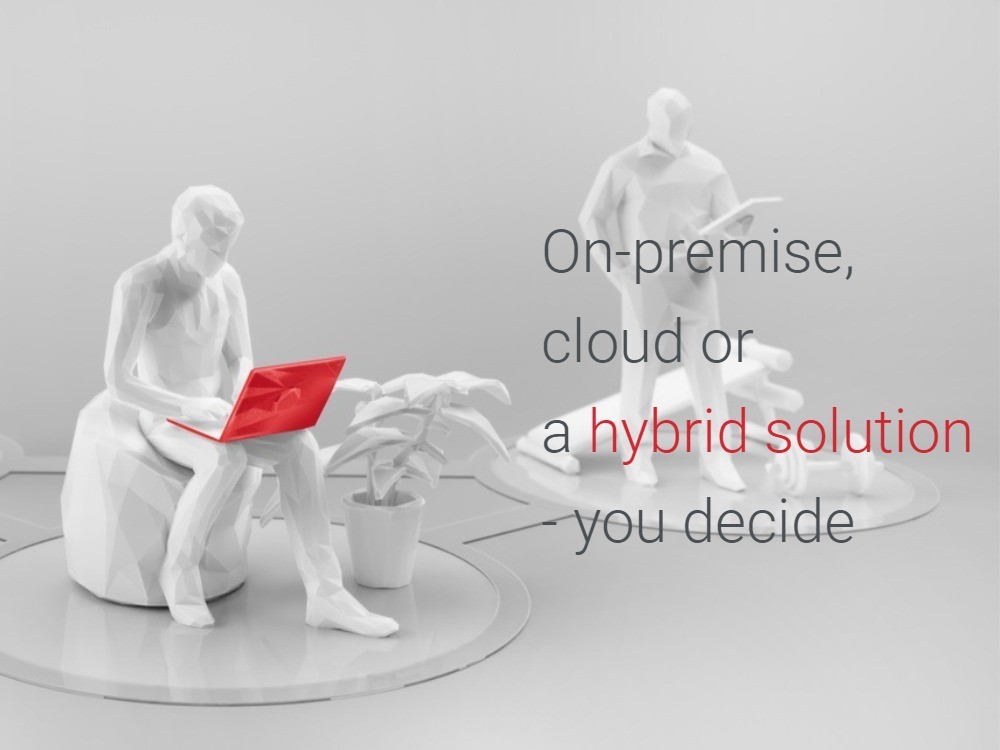The answer to “Where is my data and who has access?” is shockingly not as easy an answer as you would expect.
Anyone with internet access can hop on and type in file-sharing tools and get somewhere around two billion hits.
Almost all of these solutions operate on a free consumer basis and lack basic tools to protect sensitive data or corporate intellectual property unless you purchase a subscription.
A regular user in an organization is likely not following the latest leaks, breaches, or compromises that occur in IT Security, but focusing on getting his job done.
However, the CISO, CIO, CTO, etc. all are, and the list of these issues is only growing and becoming more frequent. Depending on the business vertical, IT Staff, and corporate vision and budget, some are cloud-friendly and others are cloud-adverse and do not want to embrace it now or even ever.
Follow this scenario
The scenario of a Line of Business A going out and purchasing a file-sharing tool to share large files externally and a Line of Business B acquiring a different solution for a similar use case often occurs due to the ease of access to these tools.
Thus, putting IT in a position (if they even know) of managing multiple platforms with different controls and no central governance and IT Security is left wondering what is in these platforms and where is the data actual at?
After the above discovery, IT is now on the defensive, trying to figure out cloud security since they did not plan to implement any of those solutions nor does their management team have the vision to migrate there.
So, what is an organization to do when they have a business need, users may be going rogue to accomplish their jobs since there isn’t an IT-sponsored tool available and the tools are everywhere for free?
The solution
Syncplicity solves all the above allowing a regular user to embrace the ease of use without any specialized knowledge or training while allowing IT Security to feel safe and comfortable.
The platform allows an organization to make their own decisions on where the data is stored (on-premises, cloud, or a hybrid solution), who can access the content, and what actions they can perform on the data.
Through a robust policy framework, policies can be crafted to meet the end user’s needs while achieving the controls IT Security demands.
Native integrations with SAML\IDP providers through industry standards and extensibility to tie directly into an organization’s DLP controls allows users and systems to interact safely with the data and prevent accidental exposure of sensitive data.
Going one step further, Syncplicity includes a robust REST API to allow the platform to be controlled via API and allows integrations seamlessly with SharePoint and Oracle ECM to name a couple, or anything else that has API functionality.
Find out useful information in the series Getting started with Syncplicity REST APIs

Follow us on social